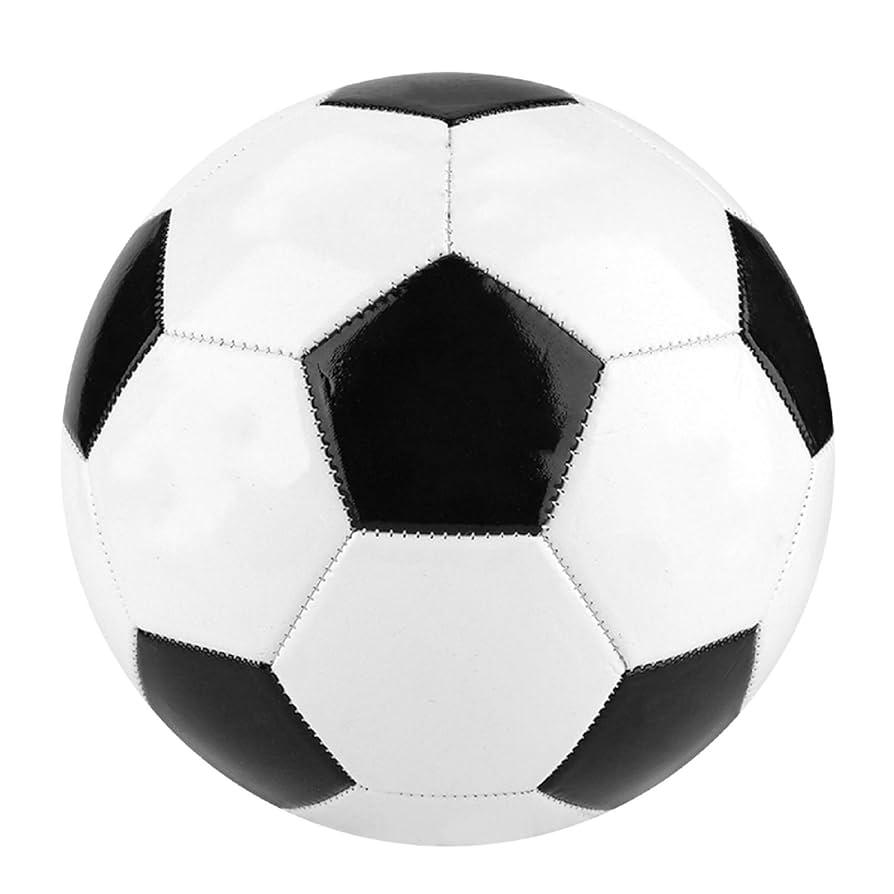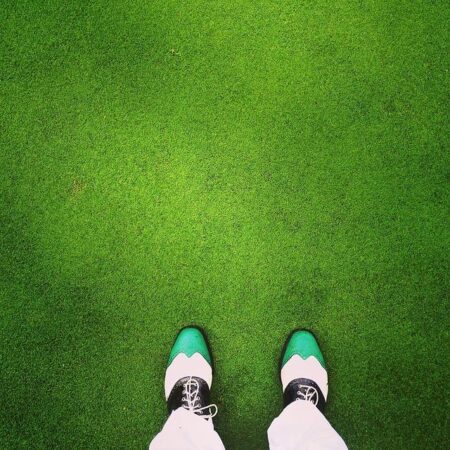Many amateur and seasoned golfers alike face a common challenge on the course: getting the ball airborne consistently. Whether struggling with low drives or flattened shots, the difficulty in launching the ball into the air can hinder performance and enjoyment. This persistent issue has prompted experts and enthusiasts to explore the underlying causes and effective techniques to improve ball flight. In this article, we examine the factors contributing to this problem and offer insights from golf professionals to help players elevate their game.
Common Swing Flaws That Keep Your Shots Low and How to Fix Them
One of the primary reasons golfers find their shots skimming dangerously close to the ground is a flawed swing path. Many players unknowingly adopt a steep, downward strike that slices through the ball instead of launching it cleanly. This often results from an overly dominant upper body rotation or improper weight distribution during the downswing. Additionally, a closed clubface at impact squashes the ball, limiting launch angle and causing low trajectories. Addressing these issues requires a conscious effort to maintain a more shallow swing angle and ensure the clubface meets the ball squarely.
Another common culprit behind low shots is the lack of proper wrist hinge and follow-through extension. Without a fully engaged wrist cock, the clubhead lacks the necessary speed and loft at impact to elevate the ball adequately. Golfers often rush the swing or fail to maintain their spine angle, which causes premature release and diminished ball height. To fix this, focus on drills that promote a fluid wrist hinge and encourage a full finish position. Maintaining steady posture throughout the swing will also prevent the inadvertent thinning or skulled shots that plague many players struggling to find the air.
- Keep weight balanced: Shift smoothly from back to front foot on downswing.
- Square the clubface: Align the face properly at impact for better launch.
- Maintain wrist hinge: Practice drills that foster stable wrist cock.
- Ensure full extension: Finish with arms fully extended to promote height.
| Flaw | Cause | Quick Fix |
|---|---|---|
| Steep Swing Path | Over-rotation, improper weight shift | Practice shallow swings, focus on weight movement |
| Closed Clubface | Early release, poor grip | Grip adjustment, square clubface at impact drills |
| Weak Wrist Hinge | Rushing swing, lack of flexibility | Wrist hinge exercises, slow and controlled practice swings |
Equipment Adjustments and Drills to Help You Launch the Ball Higher
Adjusting your equipment can make a significant difference in getting the ball airborne more consistently. Start by examining your club’s loft – increasing the loft, even by just a degree or two, allows the ball to launch higher with less effort. Additionally, consider the type of shaft you’re using; a lighter, more flexible shaft promotes a higher launch angle and increased swing speed. Don’t overlook the condition of your golf balls either; softer compression balls can help maximize height and spin, giving your shots that extra lift. Taking a closer look at your setup, including ball position and stance width, can also aid in optimizing your launch angle.
To complement these equipment tweaks, integrating specific drills into your practice routine can elevate your skill dramatically:
- Step-Back Swing Drill: Practice half-swings focusing on a smooth, upward strike to develop a higher launch angle.
- Launch Monitor Sessions: Use technology to analyze ball flight and adjust your technique accordingly.
- Impact Tape Usage: Apply impact tape on clubfaces during shots to identify and refine your sweet spot contact.
- Weighted Club Swings: Enhance tempo and strength by swinging a weighted club, which encourages a more effortless lift.
| Adjustment | Benefit |
|---|---|
| Increase Loft | Higher Launch Angle |
| Lighter Shaft | Greater Swing Speed |
| Softer Golf Balls | More Spin & Height |
| Ball Position Forward | Improved Launch Direction |
Wrapping Up
In conclusion, mastering the art of getting the ball in the air remains a common challenge for many athletes across various sports. Whether it’s refining technique, adjusting equipment, or adopting new training methods, those struggling can find pathways to improvement. Staying informed and persistent is key to overcoming these hurdles and elevating performance on the field or court. As the sports community continues to evolve, so too do the strategies that help players achieve greater lift and control-proving that with the right approach, getting the ball in the air is a challenge that can be met head-on.








